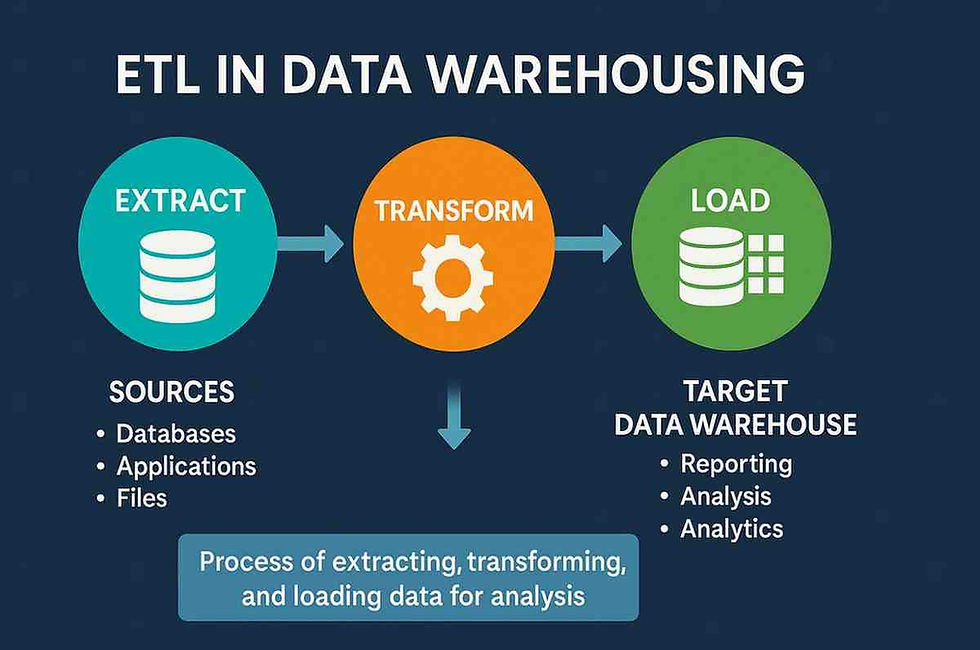Art of Bug Hunting: Innovative Techniques for Spotting Elusive Software Bugs
- Jul 24, 2023
- 5 min read
Updated: Aug 26, 2024

Bugs! We've all been there, haven't we? Those pesky little critters slip into our meticulously written code, turning our proud creation into a rebellious monster throwing tantrums. Your perfect symphony of software turns into an unbearable tune of errors and glitches. An unwelcome house guest at the dinner party you've spent days preparing.
But hey, we're testers, we didn’t sign up for an easy ride, right? We’re bug busters, after all, playing a high-stakes game of hide and seek with these elusive creatures. The battlefield? Complex layers of code. The enemy? Cunning bugs that know just where to hide to cause maximum disruption.
Why bother, you ask? Well, these seemingly innocent bugs can turn into software saboteurs, causing cringe-worthy user experiences, and sometimes punching significant holes in the wallet.
In this ever-evolving world of software, as our code gets more complex, these bugs aren’t exactly sitting idle. They're upping their game, becoming trickier to spot, and a whole lot more bothersome. But, here's where we turn the tables, my dear bug hunters. We're about to dive into the art of bug hunting. Our quest? Unearth those innovative techniques that can sniff out these software stowaways before they can say, "Bug life!"
So, testers, gear up. We’re about to go Sherlock on these bugs!
The Bug Hunting Landscape
Think of it as a treasure map with X marking the spot, except the X keeps moving. Frustrating, isn't it? But hold onto your magnifying glasses, because we're about to make sense of it all.
Exploring the terrain:
Let's face it. Your software isn’t exactly hanging out in a serene, controlled garden. It's more like the Amazon rainforest - wildly beautiful but also wildly unpredictable. And here's where our bug-hunting journey begins. As the saying goes, "Know thy enemy." So, get ready to dig into the dirt, explore the landscapes, and learn the tricks of the software terrain.
The jungle of code:
It's dense, it's thick, and it's where bugs love to hang out. We're talking millions of lines of code here, ladies and gents. With every new feature addition and every system update, we're adding more layers to this jungle, providing ample hiding spots for our sneaky friends.
The dark alleys of integration:
When separate software components come together, they don’t always play nice. It’s like throwing a surprise party. The more the merrier, right? Well, not always. Sometimes, a few party poopers sneak in, spoiling the fun. Integration points are these potential party poopers in your software.
The forgotten corners of edge cases:
Edge cases are the back alleys of your software, often overlooked but potentially housing some of the most vicious bugs. They're the “what if” scenarios we often sideline because, hey, they’re not going to happen, right? But in the world of software, Murphy's Law is our constant companion – "Anything that can go wrong, will go wrong."
Finally, User testing is all about empathy. It's about identifying with the user and understanding how they would interact with the software. From the intuitiveness of the design to the responsiveness of the features, every little detail matters. Unleash your inner Sherlock here and uncover potential user experience mishaps before they turn into real user nightmares.
Alright, now we have our map. Next step?
Ditching Your Rusty Tools
Ladies and gents welcome to the twilight zone of software testing. Isn't it just like navigating a maze blindfolded? I'm sure you've all had a tussle with the conventional warriors of our toolkit - JIRA, Selenium, and their ilk. Been there, done that, right?
But here's the thing. Does anyone else feel like we're trying to slice a delicate sushi roll with a chainsaw? I mean, sure, these tools were great, and they still are... for tasks they were designed to handle. But let's not kid ourselves, the software landscape isn't what it used to be. Our good ol' apps have been evolving faster than a shape-shifter on a caffeine rush. And our beloved tools? They're like a VHS tape in a world streaming 4K videos.
There's a special kind of frustration reserved for wrestling with the false positives these tools churn out. It's like having a conversation with a toddler - they mean well, but they don't quite get the context. And that, my friends, is a highway to the land of lost productivity.
It's a bitter pill to swallow but swallow we must. Our trusty toolkit? Well, it's starting to look more like a museum exhibit. It's high time we traded our horse carts for hyper loops, don't you think?
Advanced techniques
Alright, fellow bug hunters, we've made it past the basics. Now, it's time to bring out the big guns.
First off, let's talk about exploratory testing. This is the real deal, where you get to put on your Sherlock Holmes hat. You'll delve into the application without any predefined test cases or scripts, exploring each functionality and user flow, picking apart every nook and cranny. You're looking for bugs, sure, but more importantly, you're trying to understand how the software behaves under different conditions and user actions. Your weapon of choice? A curious and analytical mind.
Next on the list, we have scenario testing. This is where you imagine real-world scenarios in which your software will be used. Craft detailed use cases, and test the software to see if it performs as expected in these situations. Here, your role-play game needs to be on point! Devzery is building your trusty sidekick for writing and managing these scenarios, tracking bugs, and ensuring everything is in order.
With the growing need for continuous testing, a test strategy is becoming more and more important, hence for every change try running targetted regressions. For this, you need an understanding of which code gets affected so reach out to your developers and understand the code architecture to make better judgements.
Finally, we dive into usability testing. This is your chance to step into the shoes of the end user. You're evaluating the user experience, the ease of use, and the overall feel of the software. This is less about breaking the code and more about breaking preconceived notions. Ask more questions to your product team to ensure who the actual users are and how they would use it.
Remember, bug hunting isn't about breaking the software. It's about understanding how it works, how it interacts with the user, and how it can be improved. It's a game of perception, observation, and analysis.
These techniques are the heavy artillery in your bug-hunting arsenal. Learn them, master them, and use them wisely. Remember, with great power comes great responsibility, and as bug hunters, we bear the responsibility of delivering bug-free software.
AI: Your New Partner in Bug Hunting Crimes!
Picture this: You, the seasoned bug hunter, and AI, your steadfast sidekick, prowling through the code, cracking cases no one else can. AI isn’t replacing you, it's more like Dr Watson to your Sherlock.
As AI evolves, it'll be like having a seasoned detective at our disposal, dissecting the code, sniffing out bugs, and helping us squash them efficiently. Machine learning, on the other hand, will be like an apprentice that learns from every bug hunt, gets better with each case, and contributes more effectively to the next.
Devzery would be your copilot in building your test strategy and execution! Staying ahead in the bug-hunting game isn't just about experience - it's about evolution. Evolving with the tech landscape, adapting to new tools, and never shying away from innovation. Whether it's AI, machine learning, or a crazy new tech that's yet to hit the market - it's all about leveraging the right tools, at the right time, in the right way.




Bug hunting always reminds me of Dota 2 in a weird way. In both cases, you’re dealing with chaos, hidden patterns, and mistakes that only show up under pressure. One wrong move and everything snowballs. That’s actually why I still enjoy competitive games — they train the same patience and problem-solving mindset. With Dota 2 though, the time investment can get brutal, especially when real life eats most of your hours. I hit a point where I understood the game better than my MMR showed, so I used https://eloboss.net/dota2-boosting to break out of that loop. It felt similar to getting help from a senior tester — not skipping learning, just removing pointless friction so you can focus on improving instead…